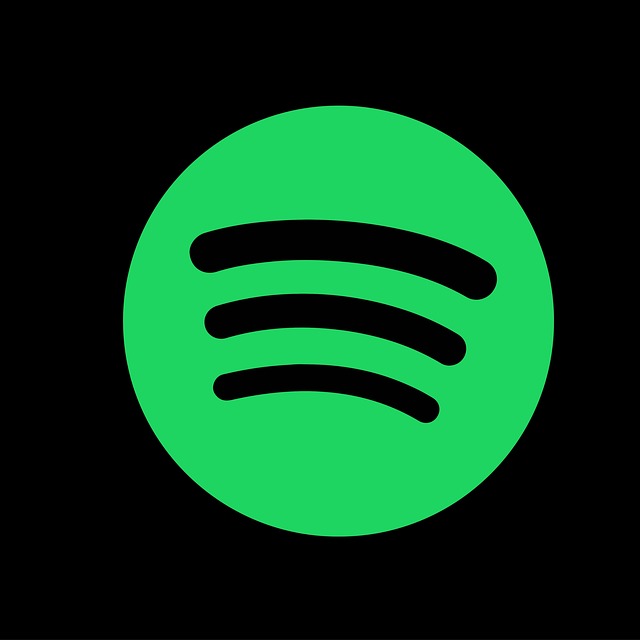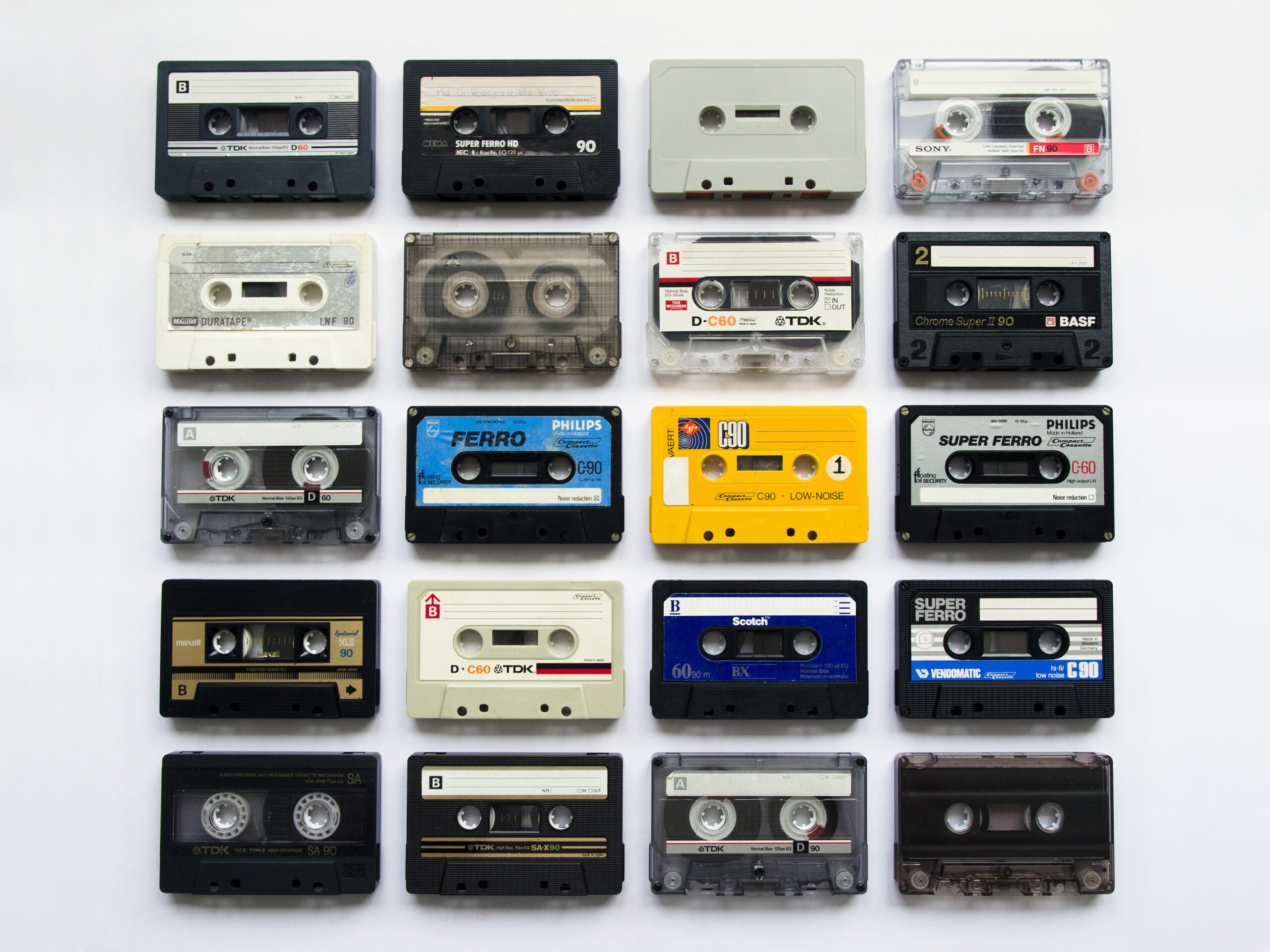I’ve got a few bones to pick with Spotify, but “fake artists” isn’t one of them. Since I’ve been critical of Spotify’s business model of late, I figured I should be fair and give a counter-point to the “Fake Artists Problem Is Much Worse Than You Realize” post making the rounds.
The Gist of the complaint: Fake artists
The basic complaint is this: Spotify apparently pays for “fake” artists to create tracks for its service that it can seed into playlists. Why? Because these “fake artists” presumably work for hire, so Spotify doesn’t have to pay out royalties.
Sounds kinda sleazy, right?
I would agree, except for one thing: Users don’t seem to care.
A lot of Spotify users seem to use the service for background music or aren’t very picky about what they listen to. They’re not trying to listen to Ella Fitzgerald or Soundgarden or XTC and getting served up “fake” artists.
They’re asking Siri or Alexa to “play some jazz” or just searching for a playlist and taking what’s served up.
If you’re a subscriber and you ask Spotify to play XTC’s Skylarking, then you get Skylarking. (Assuming, of course, that Spotify has it in their catalog.)
Spotify is just taking advantage of the fact that a lot of its user base isn’t very discerning about music. Or its “fake artists” are cranking out some decent music, or both.
Blame the users
I care a lot about supporting artists and seeing to it they can make more art. If you love Aimee Mann’s music, or Eliza Rickman’s, or Robyn Hitchcock’s, etc., then it’s in your best interest to figure out how to slide them some money for their work.
But… a lot of people just aren’t that picky about music. I don’t understand it myself, but there are actually humans aren’t fanatic about music. Or maybe they really just love any kind of music and it doesn’t matter to them if it’s Miles Davis or Bob’s Royalty Free Band churning out a music-like substance in a basement for $50 an hour.
If that music-like substance is good enough for users, if they’re not too discerning and are happy to slap on a Spotify generated playlist that is seeded with royalty free music, it’s hard for me to be too upset with Spotify.
That’s not to say Spotify is on the side of angels. When users specifically choose music on the service, Spotify should be paying better royalties. (And labels should be paying up, too.)
If “fake artists” bother you
If the “fake artists” situation really sticks in your craw, then… curate your own playlists on Spotify. Or stop using the service if it really galls you, but what Spotify has done here is take advantage of the fact that lots of users simply don’t care.
Spotify isn’t obligated to set its system to offer the most expensive stuff by default. It’s there if you search for it and (as far as I know) Spotify isn’t playing any dirty tricks like the old compilation CDs that had popular songs… as played by some studio band to sound like the songs but weren’t the ones you heard on radio. I’m sure lots of GenXers can relate to that one.
There’s a lot of royalty free music produced for use in radio spots, television and movie production, DJ sets, sampling… and on and on.
If you ran an all-you-can-eat restaurant, you’d probably advertise something spendy to bring people in – and then try to get them to fill up on breadsticks and salad to keep costs down. If they don’t eat that and ask for the spendy stuff, you serve it. But trying to keep costs down is reasonable as long as you’re not telling the customer they’re getting one thing and actually giving them another. So if you’re advertising crab puffs made with real crab, and serve Krab Meat(TM) “made from real ocean creatures,” that’s not cool.
When Spotify starts serving up “Miles Davvis” studio band when users search for “Miles Davis,” that’s a legit bone to pick. The “fake artists” thing, not so much.


